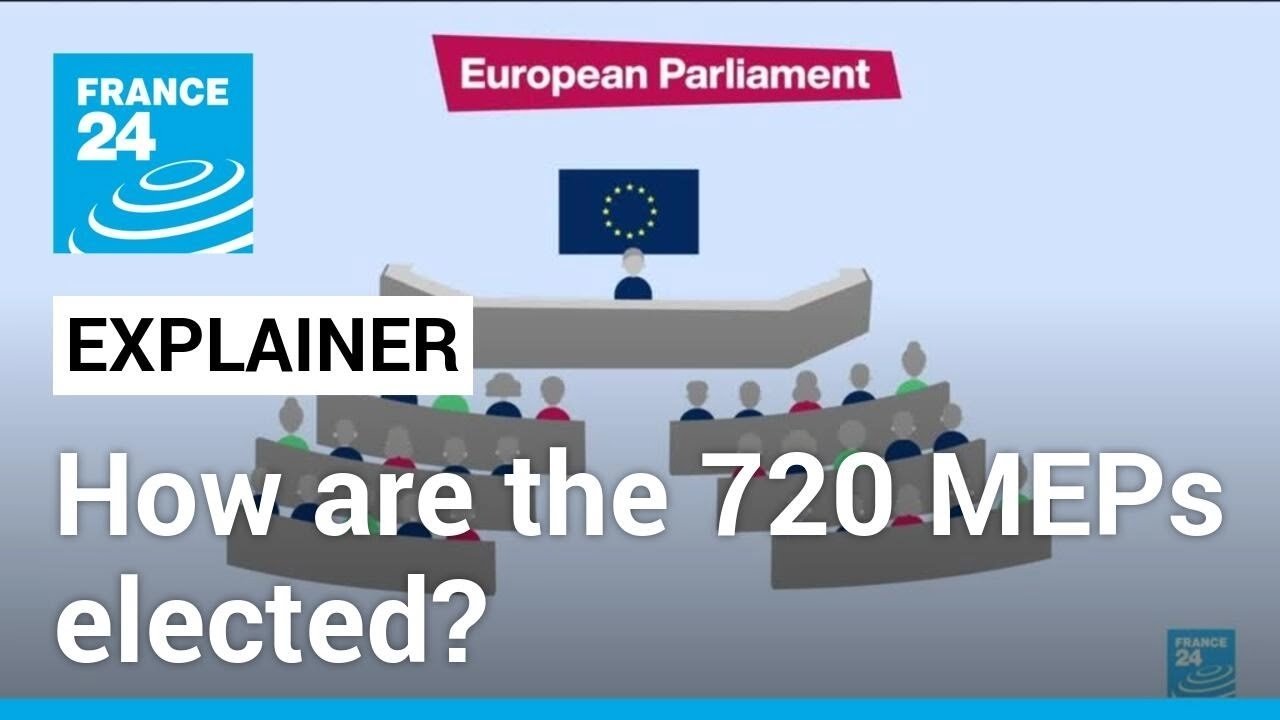The upcoming European parliamentary elections in June will see 720 Members of the European Parliament (MEPs) elected by citizens of the 27 member states, reflecting a decrease in numbers over the past two decades. This video explains the varying election processes across member states, highlighting differences in voting systems, such as list-based voting in France and preferential voting in Malta and Ireland. It also notes the proportional representation system used across the EU, albeit with some countries implementing minimum thresholds for party representation.
- In June, 720 MEPs will be elected across the 27 EU member states, a number that has decreased over the last 20 years.
- Elections are held every five years, allowing EU citizens to choose their representatives in the European Parliament.
- The number of MEPs each country elects is based on its population, ranging from 96 in Germany to 6 in smaller states like Luxembourg, Malta, and Cyprus.
- The election process varies by country, with France using a list system where voters choose from lists of candidates pre-selected by political parties, while Malta and Ireland utilize a preferential voting system.
- In most countries, party lists are national, meaning all citizens vote for the same list of candidates regardless of where they live, except in Italy, Poland, and Belgium where regional lists are used.
- All EU voters directly elect MEPs in a single round of voting, with elections scheduled to take place between the 6th and 9th of June.
- Although the EU employs a proportional representation system, countries like France and Greece have implemented a minimum threshold, ranging from 2% to 5%, that parties must meet to gain a seat in the European Parliament. Conversely, Germany has no such minimum threshold.
France 24 is an international television network and news website owned by the French state.
Official website: https://www.france24.com/en/
Original video here.
This summary has been generated by AI.

Leave a Reply